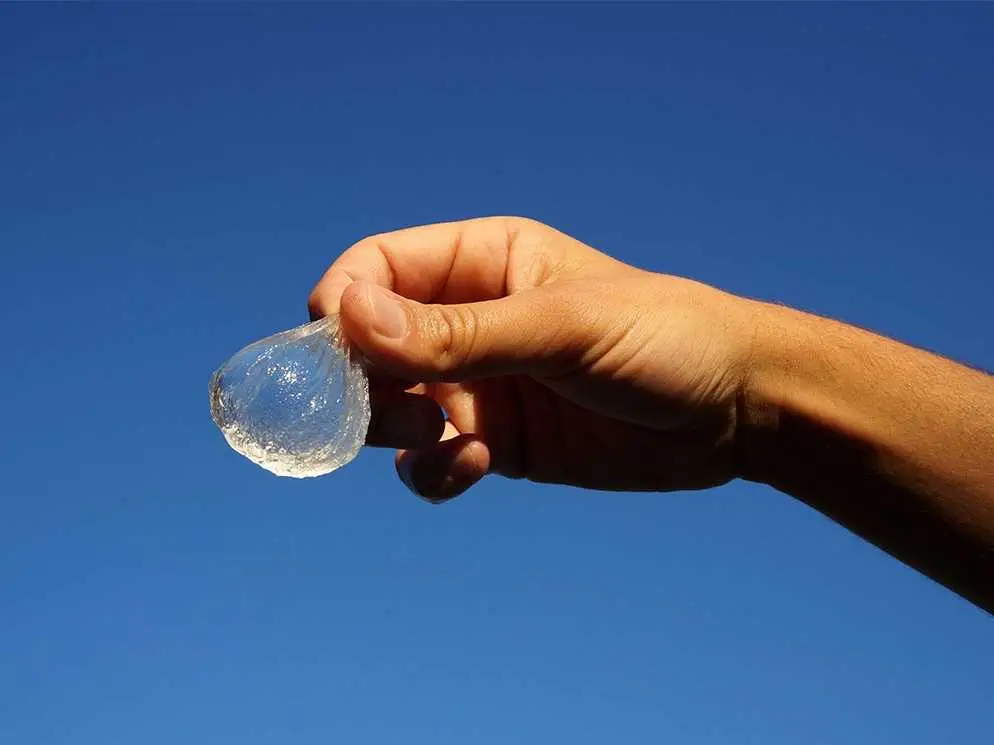Economics

The Decline of Luxury Brands
Economics

Bernard Arnault, The CEO of LVMH
10/31/2024
Share
Juan Lim
LVMH’s CEO, Bernard Arnault, dropped from first to fifth in the ranking of the world’s richest people in September 2024. As the world’s largest luxury goods company, LVMH owns prestigious brands such as Louis Vuitton, Christian Dior, Celine, Kenzo, and Givenchy. Arnault’s decline in wealth stemmed from a 20% drop in LVMH’s stock price, reducing his net worth to $54 billion. After peaking in March 2024, LVMH’s stock prices fell, primarily due to declining revenue in its wine division.
This trend is not exclusive to LVMH. Burberry, the British luxury fashion house, experienced a 70% drop in its stock price after announcing a 30% decline in annual revenue. As a result, Burberry was removed from the U.K.’s FTSE 100 (Financial Times Stock Exchange 100 Index) and is considering job cuts. Similarly, Kering, the world’s second-largest luxury goods company—home to brands like Gucci, Saint Laurent, Bottega Veneta, and Balenciaga—also faced a 70% stock price drop.
One major cause of these revenue declines is China’s economic recession. China accounts for one-third of the world's luxury goods sales, but the country’s stagnating growth rate—compounded by falling real estate prices and high unemployment rates—has significantly weakened the Chinese consumer’s purchasing power.
Another factor is the rapid price increase for luxury goods since 2019. In response to growing demand, European brands have raised prices by more than 50%. For popular products, the hikes were even steeper, for instance, the price of Channel’s Classic Medium Flap Bag soared by 90%. These increases have alienated middle-class consumers, who are the primary target customers for these brands, rather than the upper class.
Luxury brands that cater exclusively to the upper class, such as Ferrari, Hermès, and Prada, remain unaffected by these trends. Their resilience underscores the role of the middle class’s declining purchasing power as the main driver of revenue decreases for mid-tier luxury brands.
Additionally, controversy over production costs has tarnished the image of some luxury products. Dior, for instance, faced allegations in an Italian court for worker exploitation, with claims that one of its products—retailing at €2600 —had a production cost of just €53.
To adapt, some luxury brands are slowly reducing prices. Burberry cut the price of the Knight handbag by 22%, and Yves Saint Laurent lowered the price of its Loulou bag by 10%. Another emerging strategy is the production of cheaper mini-handbags. If you are considering purchasing a luxury product, it might be worth waiting—prices could continue to drop.
Works Cited
Bacon, Alexandra. “Luxury Brands Are Slashing Prices in China.” Business Insider, Business Insider, 18 July 2024, www.businessinsider.com/luxury-brands-slash-prices-in-china-burberry-marc-jacobs-2024-7.
Gapper, John. “The Luxury Industry Is Falling from Its Elevated Heights.” Financial Times, Financial Times, 26 July 2024, www.ft.com/content/b2649668-5320-4ede-9cc3-03af2ffee1db.
Gilchrist, Karen. “Burberry’s FTSE Relegation Confirms a Long Fall from Grace for the Luxury Fashion Icon.” CNBC, CNBC, 5 Sept. 2024, www.cnbc.com/2024/09/04/burberry-british-luxury-retailer-ftse-100-relegation.html.
Lake, Sydney. “Bernard Arnault Plummets down the List of World’s Richest Men after a $54 Billion Collapse.” Fortune, Fortune, 24 Sept. 2024, fortune.com/2024/09/24/bernard-arnault-richest-man/.
Parodi, Emilo. “Exclusive: Italian Prosecutors Probing Supply Chain of around a Dozen Fashion Brands | Reuters.” Reuters, Reuters, 12 June 2024, www.reuters.com/markets/europe/italian-prosecutors-probing-supply-chain-around-dozen-more-fashion-brands-source-2024-06-11/.
News
Robinson Review Favorites
Songi Chai, Yubin Cho, Seohyun Jang..
Trending on Robinson Review
Contact Us





